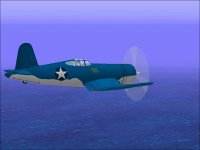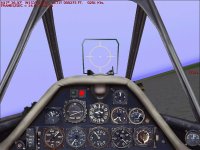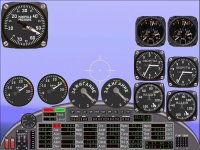Hello Hubbabubba,
Keep in mind that the kind of Magneto Switch installed may have varied from one version of the aircraft to another.
What is in the film is one of the earlier B-17s, probably B-17E or B-17F.
There were also several four engine versions (which I am NOT planning to build).
One of them had the Magneto knobs going in all four directions from the gauge.
The real potential killer as I see it from a gauge programming standpoint will be the fuel selector setup with crossfeed as found on the P-38 series. I still have not figured out a few issues with fuel selectors for some of the non-FS 98 tanks yet. It obviously CAN be done but *I* don't know how to do certain things.
- Ivan.
Keep in mind that the kind of Magneto Switch installed may have varied from one version of the aircraft to another.
What is in the film is one of the earlier B-17s, probably B-17E or B-17F.
There were also several four engine versions (which I am NOT planning to build).
One of them had the Magneto knobs going in all four directions from the gauge.
The real potential killer as I see it from a gauge programming standpoint will be the fuel selector setup with crossfeed as found on the P-38 series. I still have not figured out a few issues with fuel selectors for some of the non-FS 98 tanks yet. It obviously CAN be done but *I* don't know how to do certain things.
- Ivan.






















